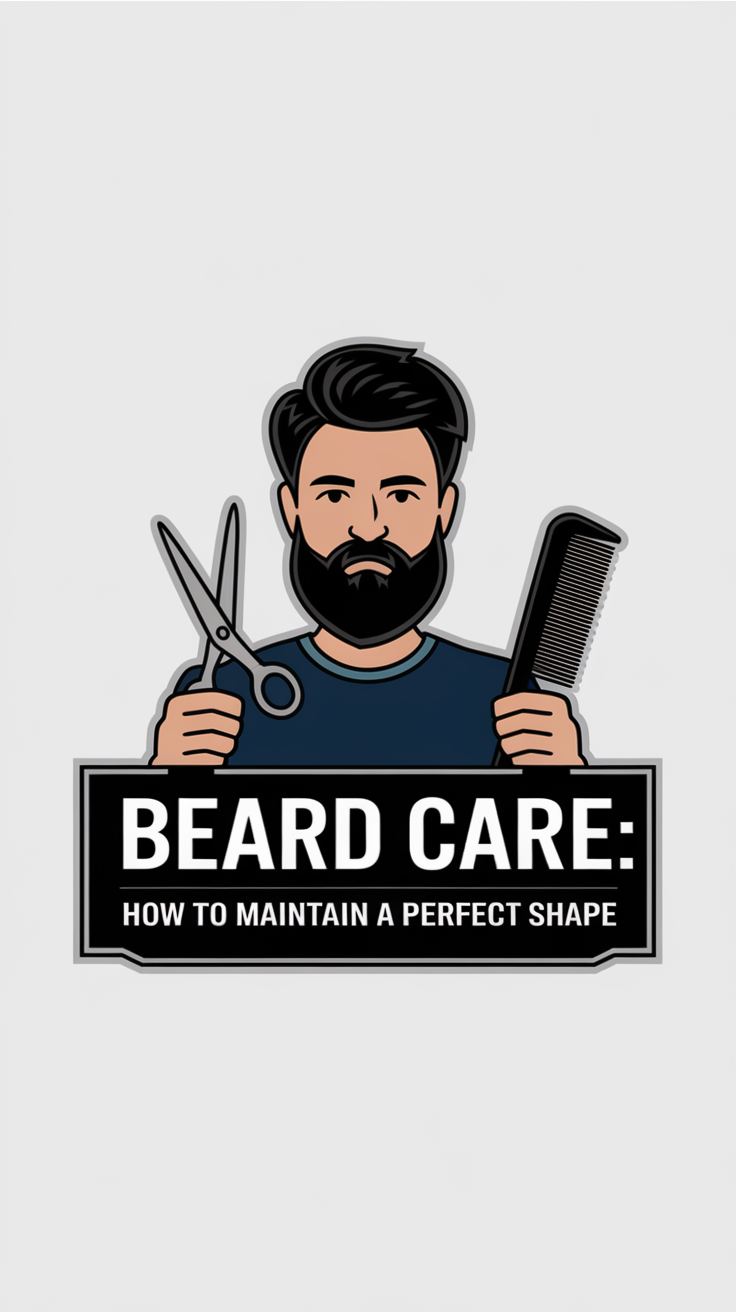How to Get Out of Debt and Save Money at the Same Time
Debt and savings often seem like opposite goals. On one hand, paying off debt feels urgent, but on the other, building savings is essential for emergencies and future stability. On my journey to financial freedom, I learned that it’s entirely possible to manage both simultaneously—and doing so can transform your financial health. Here’s a complete guide to help you tackle both challenges effectively.
Understanding Your Financial Landscape
Assessing Your Debts
Start by listing every debt, including the balance, interest rate, and minimum payment for each. This will give you a clear picture of what needs immediate attention. When I did this, I was surprised to find some debts had low-interest rates that could wait while I focused on more urgent ones.
Tracking Your Spending
If you’ve ever felt like your money vanishes without a trace, tracking your spending is the answer. Break down your expenses into categories like housing, groceries, transportation, and entertainment. I found areas to cut back, such as eating out, which freed up funds for debt repayment and savings.

Creating a Balanced Budget
Implementing the 50/30/20 Rule
Budgeting doesn’t have to be complicated. The 50/30/20 rule divides your income into three categories:
- 50% for needs (rent, utilities, groceries)
- 30% for wants (entertainment, dining out)
- 20% for savings and debt repayment
| Category | Percentage of Income | Examples |
|---|---|---|
| Needs | 50% | Rent, groceries, utilities |
| Wants | 30% | Entertainment, dining out |
| Savings/Debt | 20% | Emergency fund, extra payments |
This method allowed me to allocate money toward both goals without feeling overwhelmed.
Customizing Your Budget
If the 50/30/20 ratio doesn’t work for you, adjust it. For instance, allocating 30% or more to debt and savings while reducing discretionary spending can speed up progress.
Strategizing Debt Repayment
Choosing a Repayment Method
There are two popular approaches to paying off debt:
- Debt Snowball Method: Focus on clearing the smallest debt first for a quick psychological win.
- Debt Avalanche Method: Prioritize debts with the highest interest rates to save money over time.
| Repayment Strategy | Best For | Example |
|---|---|---|
| Snowball | Staying motivated | Pay off $500 debt first, then $1,000 debt |
| Avalanche | Minimizing interest paid | Tackle 20% APR debt before 5% APR debt |
Both strategies have their merits. I chose the snowball method initially, which kept me motivated to tackle larger debts later.

Considering Debt Consolidation
Combining multiple debts into one loan with a lower interest rate simplifies repayment and can reduce your overall costs.
Building an Emergency Fund
Start Small and Automate
Even with debt, having a financial cushion is critical. I began by setting aside $25 weekly until I reached $1,000. Automating this transfer to a savings account made it hassle-free.
Why It Matters
An emergency fund prevents you from relying on credit cards for unexpected expenses, breaking the cycle of debt.
Increasing Income and Reducing Expenses
Finding Side Hustles
A side hustle, such as freelance work, tutoring, or selling items online, can create additional income streams. I used earnings from a weekend gig to boost my debt payments.
Cutting Non-Essentials
Review subscriptions and discretionary spending. I canceled unused gym memberships and opted for at-home workouts, saving over $50 monthly.
Staying Motivated

Setting Milestones
Small victories matter! Celebrate when you pay off a specific debt or reach a savings milestone. These moments kept me energized throughout my journey.
Seeking Support
Engaging with online financial communities or a trusted mentor can provide valuable insights and encouragement.
Practical Tools and Resources
Budgeting and Tracking Apps
- YNAB (You Need A Budget) for proactive budgeting
- Mint for expense tracking
- Debt Payoff Planner for repayment tracking
Leveraging Tax Benefits
Use tax refunds or incentives to boost savings or reduce debt. For example, I used my annual tax return to make a lump-sum payment on my highest-interest debt.
Conclusion
Managing debt while saving money might feel daunting, but it’s achievable with the right plan. By understanding your finances, choosing a budgeting method that works for you, and staying disciplined, you can build a secure financial future. Start small, stay consistent, and remember to celebrate each win along the way.
FAQs
1. Is it better to pay off debt first or save money?
It’s best to do both. Focus on high-interest debts while building a small emergency fund to cover unexpected expenses.
2. How can I save money on a tight budget?
Track every dollar and cut non-essential expenses. Even saving $10 weekly adds up over time.
3. Should I use my savings to pay off debt?
Not entirely. Keep a small emergency fund while directing additional savings toward debt repayment.
4. How can I negotiate with creditors?
Contact them directly to discuss lower interest rates or payment plans. Many offer hardship programs.
5. What if I have irregular income?
Prioritize essential expenses and debt payments. Save aggressively during high-income months to cover leaner periods.






